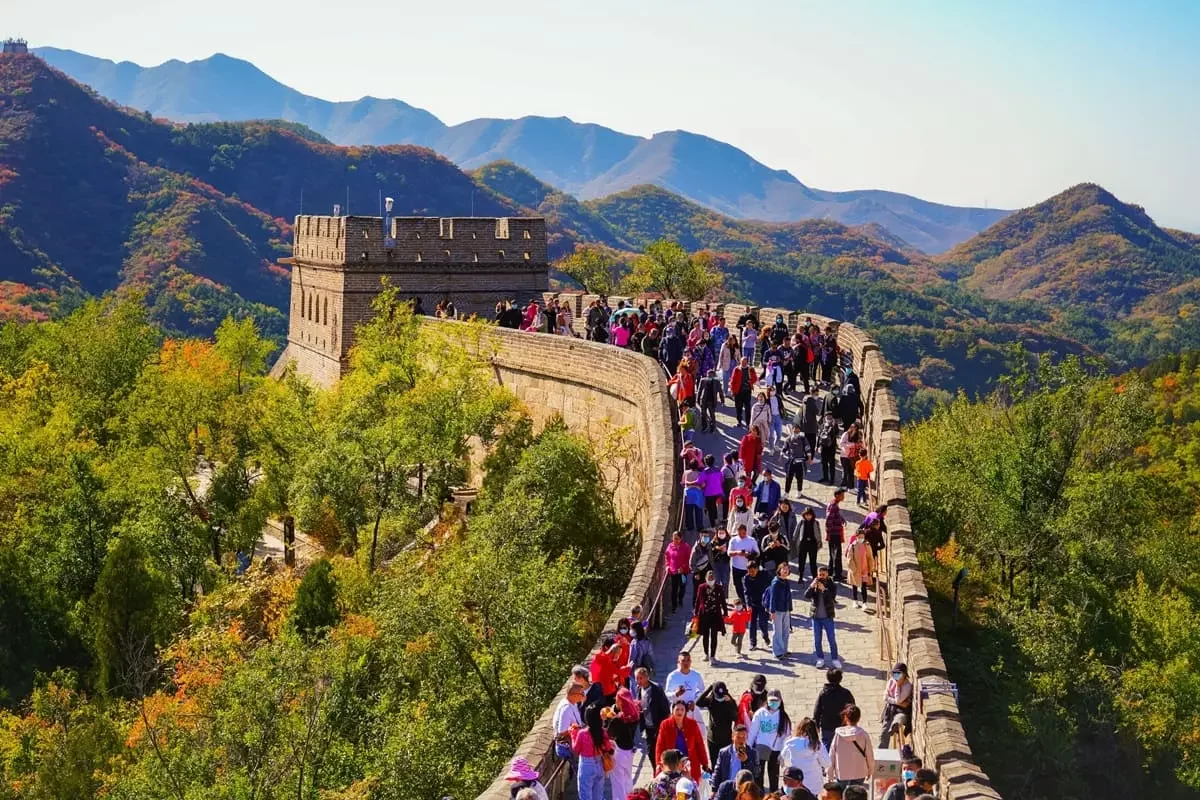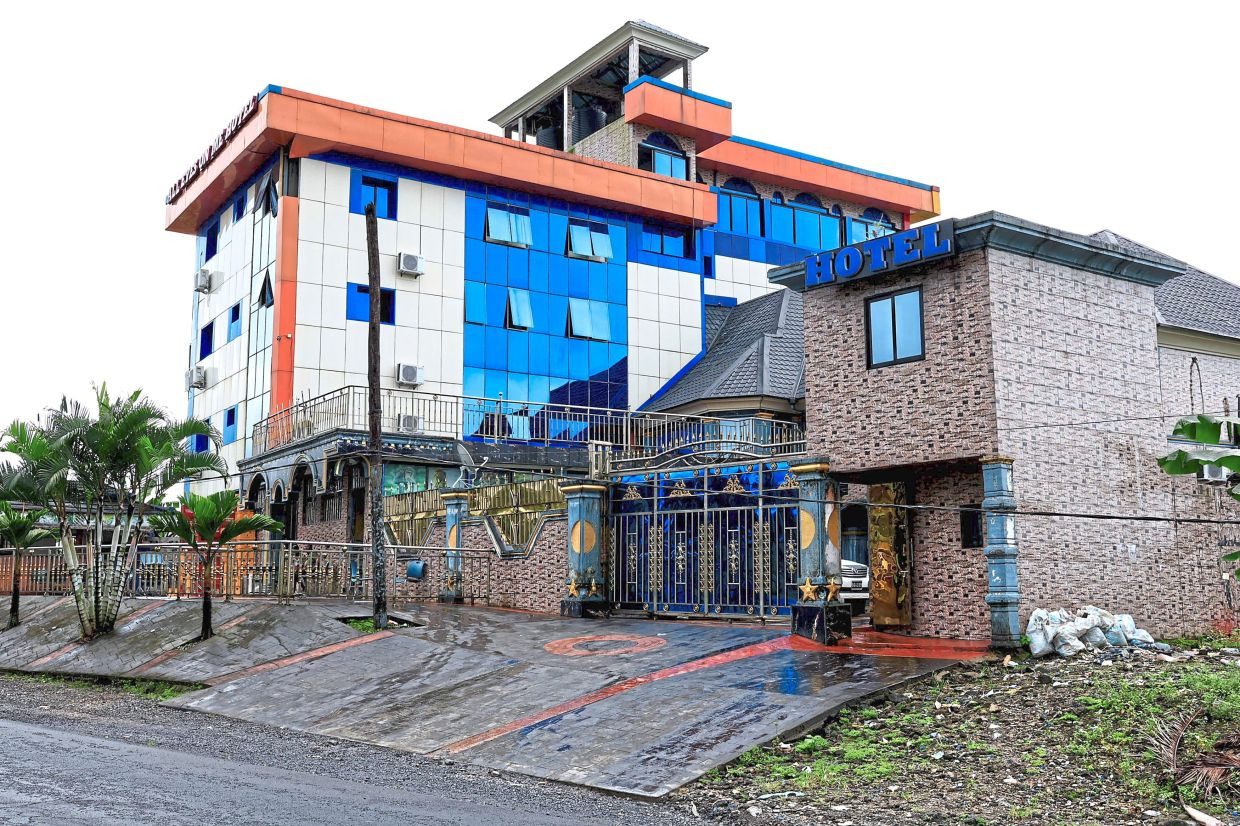Chen Shih-kai (陳世凱), the Minister of Transportation and Communications, warned lawmakers at the Legislative Yuan in Taipei yesterday that Taiwan is unlikely to meet its tourism goal of bringing in 10 million foreign tourists this year.
Without mentioning the time frame, Chen stated that the country had 5.8 million foreign visitors per the most current data, making the target unachievable.
“This year’s target would be lowered, but the government would continue to strive to reach the original target,” he added, adding that politicians frequently set the bar far above what would be deemed easy.
He stated that the revised objective of 7.5 million incoming international travellers would not be further lowered, but that the target would be lowered to the level of the previous year once it was out of reach.
On the margins of the conference, Tourism Administration Director-General Chou Yung-hui (周永�) stated that potential tourists were deterred by earthquakes in April, Chinese military exercises in May, and Typhoon Gaemi in July.
According to Chou, his agency focuses on attracting first-time visitors to the centre and southern regions of Taiwan, and 16 representative offices will hold activities promoting tourism in the country.
He went on to say that local governments ought to enhance domestic tourists’ travel experiences by providing parent-child outings and school trip packages.
Regarding infrastructure, Chen stated that to improve public safety against earthquakes and tsunamis, the Central Weather Administration (CWA) is constructing seismic monitoring equipment and installing cables.
According to him, the CWA is working on the project in stages in order to adhere to financial constraints.
According to him, the initiative has so far this year added 38 seismic monitoring stations, increasing the number of such stations nationwide to 632, and developed an earthquake warning system specifically designed for the Kaohsiung metropolitan area.
Chen stated that the CWA anticipates implementing another customized system in Taichung by the end of the next year.
The detection dead zone, or the area too close to an epicentre to have a warning issued before shaking starts, would be reduced to 25 km from 35 km, he added, thanks to the modifications that would enable local authorities to deliver warning signals in seven seconds instead of 10 seconds.
According to Chen, the organization intends to install 200 kilometres of underwater cables to support three instruments for detecting tsunamis and earthquakes that originate in the Manila Trench.
According to him, this system would allow local governments in the southwest region of Taiwan proper to send out tsunami signals 30 minutes before the waves arrive and earthquake warnings 14 seconds beforehand.
To expedite warning transmission and make forecasts more quickly, the government is making significant investments in applied artificial intelligence – Source Taipei Times.




